Consistency is the term used to describe the ability of the soil to resist rupture and deformation. It is commonly describe as soft, stiff or firm, and hard.
Water content greatly affects the engineering behavior of fine-grained soils. In the order of increasing moisture content (see Figure 2 below), a dry soil will exist into four distinct states: from solid state, to semisolid state, to plastic state, and to liquid state. The water contents at the boundary of these states are known as Atterberg limits. Between the solid and semisolid states is shrinkage limit, between semisolid and plastic states is plastic limit, and between plastic and liquid states is liquid limit.
Atterberg limits, then, are water contents at critical stages of soil behavior. They, together with natural water content, are essential descriptions of fine-grained soils.


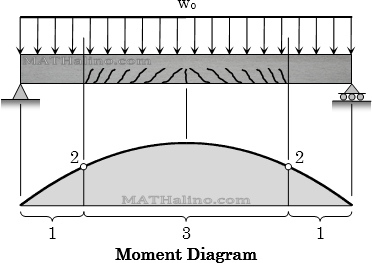

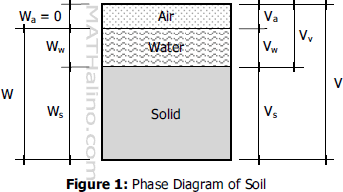
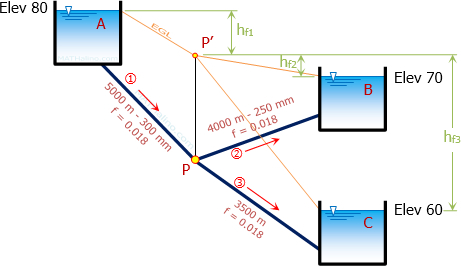
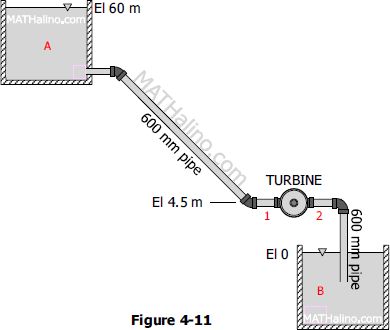
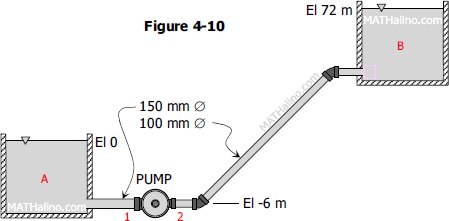
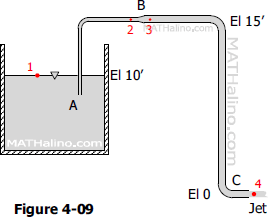
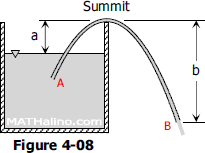
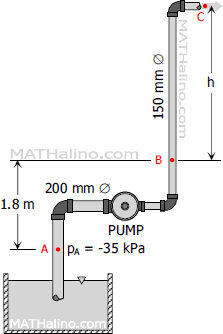
Recent comments
(…